Best SBCs for AI Projects in 2024: Comprehensive Guide
Artificial Intelligence (AI) has quietly slipped into the toolkit of modern engineers and DIY enthusiasts, transforming projects from simple to smart. But, navigating the world of AI comes with its challenges, primarily the need for substantial computing power to process and analyze data. This is where Single Board Computers (SBCs) shine, offering a bridge over the gap between ambitious AI projects and the makers eager to bring them to life. SBCs, with their compact size yet powerful capabilities, are democratizing AI, making it a tangible reality for applications ranging from home automation to robotics, all across diverse platforms.
Watch: The Top 7 Best SBCs for A.I Projects
The Evolution of AI on SBCs
AI on single-board computers (SBCs) has come a long way from its modest beginnings. Initially designed for educational purposes and basic computing tasks, SBCs have evolved into powerful machines capable of tackling complex AI applications.
This leap in functionality is largely thanks to the integration of GPUs and AI accelerators, which have supercharged the processing power of SBCs. Now, these pint-sized devices are not just about learning to code or tinkering with electronics; they're powerful enough to run sophisticated AI models, bringing a new level of intelligence to DIY projects and innovations.
Understanding AI: Edge vs. Cloud
The debate between edge computing and cloud AI hinges on where this processing happens. Edge computing keeps it local, on devices like SBCs, allowing for real-time data processing without the need for internet connectivity. This approach reduces latency, enhances privacy, and ensures functionality even in remote or offline scenarios. However, the trade-off is that you're limited by the hardware capabilities of your device.
Cloud AI, on the other hand, offloads the heavy lifting to remote servers, offering virtually unlimited computational power and the ability to handle complex AI models beyond the reach of most SBCs. The downside? It relies heavily on internet connectivity, introduces potential privacy concerns, and can suffer from latency issues.
Top Single Board Computers for AI
Choosing the right SBC for your AI project depends on balancing these factors. For applications requiring quick, on-the-spot decisions, like autonomous vehicles or real-time monitoring systems, edge computing on a powerful SBC might be the way to go. For projects that can tolerate some delay or need to process vast datasets, cloud AI could offer the necessary horsepower.
Lets dive into our top 7 SBC's for A.I, starting with the UDOO Bolt...
Udoo Bolt (V3 and V8) - Tailored for Diverse AI Projects
The first SBC in our list is the UDOO Bolt V3 and UDOO Bolt V8. Instead of picking one specific SBC, we decided to group the range together as they have minor differences between them (such as improved RAM, CPU, and peripherals).
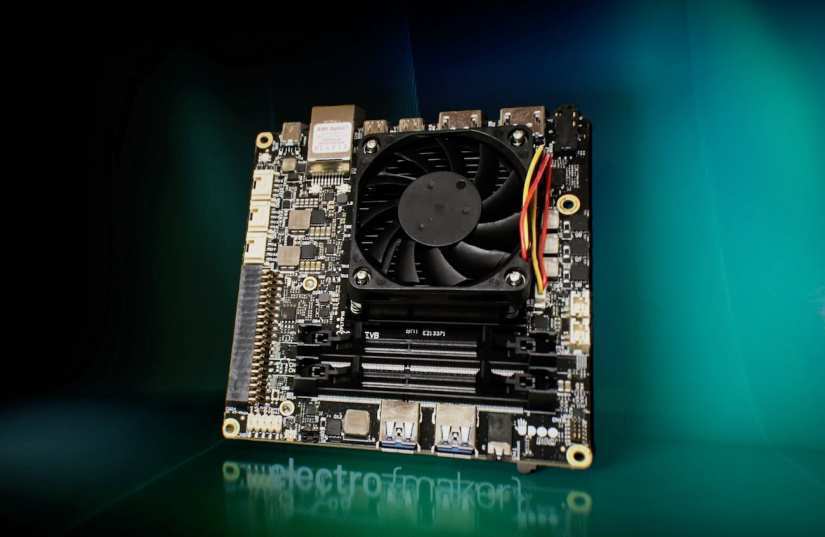
Udoo V3: A Solid Foundation for AI
The V3 model is powered by an AMD Ryzen embedded processor, paired with an AMD Radeon VEGA graphics unit. This setup is adept at handling AI tasks, especially those requiring GPU acceleration like machine learning and computer vision projects. Its performance is further enhanced by its compatibility with various AI frameworks, making it a reliable choice for developers.
Udoo V8: Elevating AI Capabilities
Elevating the game, the V8 integrates an AMD Ryzen V1000 SoC alongside a GPU that competes with the GTX 950. This leap in processing and graphical capabilities makes the V8 an ideal candidate for more intensive AI applications. It's designed to manage complex algorithms and larger datasets efficiently, pushing the boundaries of what's possible with SBC-based AI projects.
Mainstream OS Compatibility and AI Integration
Both the UDOO Bolt V3 and UDOO Bolt V8 models excel in operating system compatibility, supporting Windows and Linux. This ensures developers can leverage a broad array of AI tools and libraries, facilitating seamless integration into projects or serving as a robust foundation for new innovations.
Pros:
- Versatile for a range of AI projects
- Strong GPU support for machine learning and computer vision
- Compatible with mainstream operating systems
- Supports a wide array of AI applications and frameworks
Cons:
- Price point may be higher than less powerful SBCs
- Requires careful consideration of power requirements for maximum efficiency
Udoo V3 and V8 specs:
View the Udoo V3 datasheet | View the Udoo V8 datasheet
- CPU (V3): AMD Ryzen embedded processor, offering robust processing power for AI computations.
- GPU (V3): AMD Radeon VEGA, optimized for AI and machine learning tasks.
- CPU (V8): AMD Ryzen V1000 SoC, providing enhanced performance for demanding AI applications.
- GPU (V8): Competes with GTX 950, designed for high-intensity graphical processing.
- Memory: Both models feature extensive support for RAM and storage options, accommodating large datasets and complex AI models.
- Connectivity: Includes USB-C, UART, SPI, I2C, HDMI, PCIe, and USB 3.1, ensuring versatile interfacing with various peripherals and networks.
Whether you're delving into AI for smart devices, autonomous systems, or groundbreaking new applications, the Udoo V3 and V8 models offer the computational power and flexibility needed to bring your visionary projects to life.
LattePanda Series - Compact Powerhouses for AI
The LattePanda series distinguishes itself in the SBC market with its unique blend of computing power and integrated microcontroller functionality. Designed to cater to a wide range of applications, from educational projects to sophisticated AI and robotics systems, the LattePanda boards come in several variations, each tailored to meet different performance and project requirements.
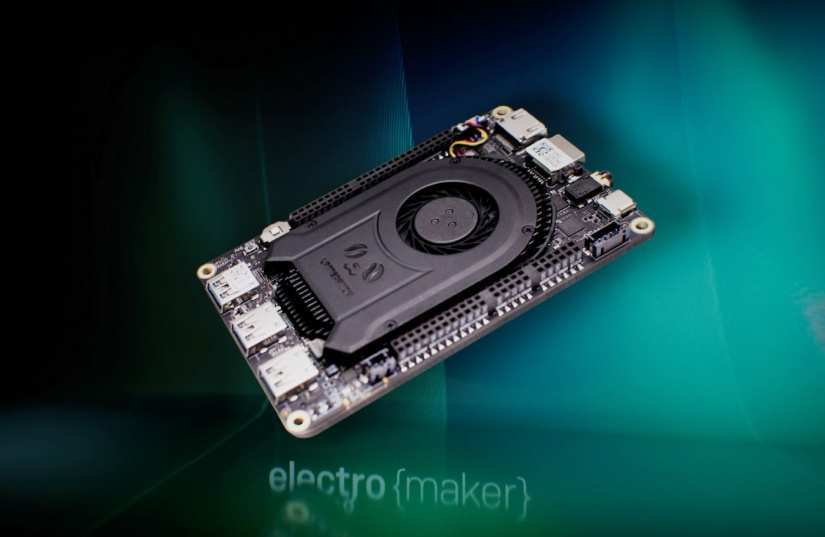
Diverse Models for Varied AI Demands
At the heart of the LattePanda lineup are models like the LattePanda Alpha and the LattePanda Delta, each equipped with Intel processors that provide the necessary computational might for AI tasks. The Alpha, with its more robust CPU and GPU, is particularly suited for AI applications that demand higher processing power, such as real-time image recognition and complex data analysis.
The Delta model, while slightly less powerful than the Alpha, still packs a punch for most AI projects, offering a balance between performance and energy efficiency. It's an ideal choice for projects where space and power consumption are considerations, without significantly compromising on computational capabilities.
Watch: LattePanda Sigma - Single-Board Computer King!
AI Performance Across the Board
The AI performance of the LattePanda series benefits greatly from the Intel processors at their core. With support for Windows 10 and Linux, these boards can leverage a vast ecosystem of AI development tools and libraries, such as TensorFlow and PyTorch, facilitating the development of sophisticated AI models.
Moreover, the inclusion of an Arduino-compatible co-processor in each LattePanda board opens up new possibilities for AI and robotics projects. This allows for seamless integration of AI functionalities with real-world sensors and actuators, enabling the creation of intelligent robots and smart devices that can interact with their environment in complex ways.
View the LattePanda Sigma datasheet | View the LattePanda Delta datasheet
Pros:
- Powerful Intel CPUs suitable for a range of AI applications
- Integrated Arduino-compatible microcontroller for robotics projects
- Supports Windows 10 and Linux, offering access to a wide range of development tools
- Compact form factor ideal for space-constrained projects
Cons:
- Higher price point compared to some other SBCs
- Power consumption may be a consideration for battery-powered projects
LattePanda Specs Highlight:
- CPU: Intel processors, offering a range of performance options across models.
- GPU: Intel HD Graphics, capable of supporting AI visual processing tasks.
- Microcontroller: Arduino-compatible co-processor, enabling direct control of sensors and actuators.
- Memory and Storage: Options vary by model, supporting the needs of different AI projects.
- Connectivity: Comprehensive I/O options including USB, HDMI, and GPIO, for versatile project integration.
The LattePanda series stands out for its ability to bring together high-performance computing and microcontroller flexibility, making it a compelling choice for developers looking to push the boundaries of what's possible with AI and robotics in compact, integrated platforms.
BeagleBone AI 64 - Engineered for AI Innovation
The BeagleBone AI 64 stands as a specialized contender in the single-board computer (SBC) arena, specifically designed to accelerate the development and deployment of AI applications. With its robust set of features and capabilities, it's tailored to meet the demands of running and training AI algorithms efficiently.
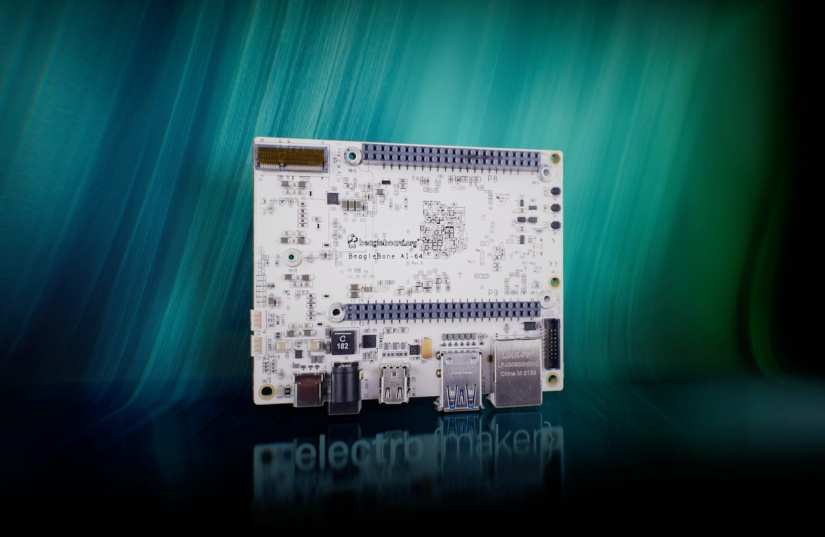
AI-Specific Features and Capabilities
At the core of the BeagleBone AI-64 is a powerful processor equipped with AI accelerators, making it adept at handling complex AI tasks directly on the board. This capability is a significant advantage for developers looking to implement machine learning and deep learning models without relying on external computing resources. The board's architecture is optimized for speed and efficiency, ensuring that AI algorithms run smoothly and responsively.
A Standout for AI Deep Learning and Processing
When compared to other SBCs, the BeagleBone AI 64 shines in its focus on AI deep learning and processing accelerators. Unlike general-purpose SBCs that may require additional hardware or struggle with intensive AI tasks, the BeagleBone AI 64 is built from the ground up with AI in mind. This focus allows it to outperform many of its peers in AI-specific benchmarks, particularly in tasks that benefit from onboard AI acceleration, such as image recognition and voice processing.
Unlocking Potential Applications
The BeagleBone AI's unique capabilities make it an ideal platform for a wide range of applications. In industrial settings, it can be used to monitor equipment in real-time, predicting failures before they happen and saving costs on maintenance. For robotics, its ability to process AI algorithms locally enables more intelligent and autonomous robots capable of navigating and making decisions independently. Additionally, in autonomous systems, from drones to self-driving vehicles, the BeagleBone AI 64 provides the processing power needed to analyze sensor data and make split-second decisions.
View the Beaglebone AI 64 datasheet
Pros:
- Designed specifically for AI, with built-in accelerators for machine learning and deep learning.
- Capable of running AI algorithms efficiently without external computing resources.
- Optimized for AI tasks, offering superior performance in AI benchmarks compared to general-purpose SBCs.
Cons:
- May be over-specialized for projects not centered around AI.
- Price point and availability compared to more general-purpose SBCs.
BeagleBone AI 64 Specs:
- Processor: Equipped with AI accelerators, optimized for machine learning and deep learning tasks.
- Connectivity: Comprehensive options for interfacing with sensors, actuators, and other devices, making it suitable for a wide range of AI applications.
- Support: Strong community and developer support, with access to a wealth of libraries and tools for AI development.
The BeagleBone AI 64 is not just another SBC; it's a purpose-built platform for AI innovation, offering developers the tools and capabilities needed to push the boundaries of what's possible in AI, robotics, and autonomous systems.
Nvidia Jetson Orin Series - Pioneering AI Acceleration
The Nvidia Jetson Orin series represents the cutting edge in AI acceleration on single-board computers (SBCs), designed from the ground up to cater to the most demanding AI applications. This series is a leap forward in making AI more accessible and efficient for developers and researchers alike.
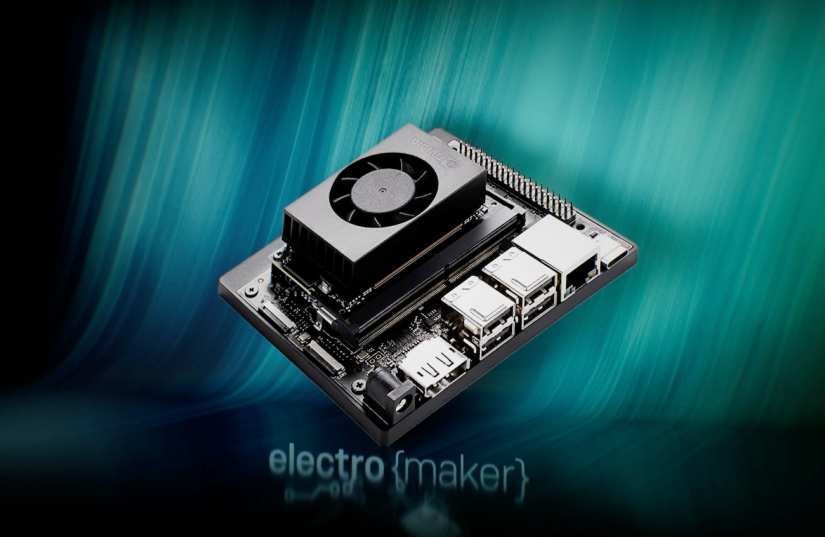
Orin Range: Designed for AI
The Jetson Orin series encompasses several models, including the Orin Nano, Orin NX, and Orin AGX, each tailored to different levels of AI performance needs. These boards are engineered to support a wide range of AI applications, from robotics and edge AI devices to fully autonomous machines. The core of the Orin series' design philosophy is to provide scalable solutions that can grow with the complexity of the AI tasks they're tasked with.
Computational Speeds and AI Accelerators
Across the Orin range, Nvidia has pushed the boundaries of computational speeds and integrated AI accelerators. The Orin Nano, aimed at entry-level projects, offers a significant boost over its predecessors, making it suitable for basic AI tasks. The Orin NX steps up the performance, catering to more complex applications that require faster processing and higher data throughput. At the top of the range, the Orin AGX is a powerhouse, designed for the most intensive AI applications, boasting unparalleled computational speeds and AI acceleration capabilities.
- Orin Nano: Ideal for entry-level AI projects, offering robust performance in a compact form factor.
- Orin NX: A mid-range option that balances performance and power consumption for a wide array of AI applications.
- Orin AGX: The flagship model, providing the highest computational speeds and AI acceleration for the most demanding AI tasks.
Versatility in AI Applications
The versatility of the Jetson Orin series lies in its ability to not only execute AI algorithms efficiently but also to participate in the training phase of AI models. This dual capability makes the Orin series a preferred choice for projects that span the entire AI development cycle, from initial model training to deployment and inference at the edge. Whether it's for real-time object detection, complex data analysis, or autonomous navigation, the Jetson Orin series provides the necessary tools and performance to bring AI visions to life.
View the Jetson Orin Nano Developer Kit datasheet
Pros:
- Scalable AI performance across the range, from entry-level to high-end applications.
- Integrated AI accelerators for efficient model execution and training.
- Supports a wide range of AI frameworks and tools, facilitating ease of development.
Cons:
- Price points vary significantly across the range, with higher-end models being a substantial investment.
- The complexity of projects that can be tackled increases with the model, potentially requiring more expertise to fully leverage the capabilities of higher-end models.
Nvidia Jetson Orin Series Specs:
- AI Performance: Ranges from tens to hundreds of TOPS (Tera Operations Per Second) across the series, accommodating a wide spectrum of AI workloads.
- AI Accelerators: Integrated specialized hardware designed to speed up AI tasks, from model training to real-time inference.
- Connectivity and I/O: Comprehensive options to interface with a variety of sensors, devices, and networks, ensuring flexibility in deployment.
The Nvidia Jetson Orin series is a great example of Nvidia's commitment to advancing AI technology, offering a spectrum of solutions that cater to every level of AI application complexity. With the Orin series, Nvidia continues to pave the way for innovation in AI acceleration, making it an indispensable tool for developers pushing the boundaries of what's possible in AI.
Up Squared Pro 7000 Series - Bridging AI and Industrial Applications
The Up Squared Pro 7000 Series emerges as a formidable player in the market of single-board computers (SBCs), specifically tailored to meet the rigorous demands of AI applications and industrial automation. The Up Squared Pro 7000 Series stands out for its integration of advanced computing capabilities and robust features designed to facilitate complex AI tasks and industrial operations.

Innovative Features for Advanced AI Projects
At the heart of the Up Squared Pro 7000 Series is its cutting-edge technology, including the latest 12th generation Intel UHD graphics. This powerful GPU support is crucial for AI applications requiring high-resolution video processing and real-time data analysis. Coupled with a range of Intel CPUs, from the efficient Atom x7-E3950 to the powerful Core i7 processors, the Up Squared Pro 7000 Series offers scalability and versatility for various AI workloads.
AI Capabilities Enhanced by Intel UHD Graphics
The inclusion of 12th generation Intel UHD graphics in the Up Squared Pro 7000 Series significantly boosts its AI capabilities. This GPU is not just about rendering visuals; it's engineered to accelerate AI inferencing tasks, making it possible to process complex algorithms swiftly and efficiently. Whether it's for image recognition, machine vision, or advanced analytics, the Intel UHD graphics provide the necessary horsepower to drive AI applications smoothly.
Tailored for Industrial and Robotic Applications
The Up Squared Pro 7000 Series shines in industrial settings, where reliability and performance are paramount. Its compatibility with Intel’s Edge Insights for Autonomous Mobile Robots exemplifies its suitability for high-stakes environments. This platform enables the SBC to process vast amounts of sensor data in real-time, crucial for autonomous navigation, predictive maintenance, and safety monitoring in industrial and robotic applications.
View UP Squared Pro 7000 datasheet
Pros:
- Equipped with powerful 12th generation Intel UHD graphics for AI acceleration.
- Offers a range of Intel CPUs, providing scalability for various AI demands.
- Designed with industrial applications in mind, ensuring reliability and robust performance.
Cons:
- The advanced features and capabilities may come at a higher cost compared to basic SBCs.
- Its sophisticated technology might require a steeper learning curve for newcomers to AI and industrial computing.
Up Squared Pro 7000 Series Specs:
- CPU Options: Ranging from Intel Atom x7-E3950 to Core i7 processors, catering to diverse computational needs.
- GPU: 12th generation Intel UHD graphics, optimized for AI inferencing and video processing.
- Connectivity: Comprehensive I/O options including USB 3.0, Gigabit Ethernet, and HDMI, supporting a wide array of peripherals and displays.
- AI and Industrial Compatibility: Designed to work seamlessly with Intel’s Edge Insights, enhancing its utility in autonomous robotics and industrial systems.
Raspberry Pi 5 - A Versatile Contender in AI Applications
Despite not being specifically designed for AI tasks, the Raspberry Pi 5 has carved out a niche for itself in the world of artificial intelligence. This latest iteration of the beloved Raspberry Pi continues its tradition of versatility and accessibility, making it an unexpectedly suitable platform for a range of AI applications.
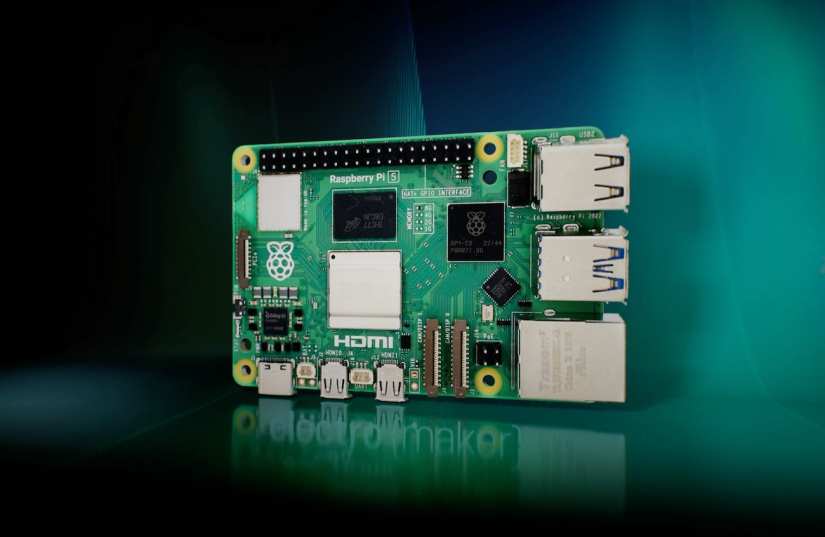
Broadening Horizons for AI Projects
The Raspberry Pi 5 may not come with AI-specific hardware accelerators like some of its counterparts, but it compensates with significant improvements in processing power and support for AI algorithms. Equipped with a more powerful CPU and increased RAM options, the Raspberry Pi 5 can handle a variety of AI tasks more efficiently than its predecessors. This includes running lightweight machine learning models directly on the device and serving as a cost-effective tool for AI experimentation and learning.
AI Performance Capabilities
With advancements in its hardware, the Raspberry Pi 5 demonstrates commendable AI performance capabilities for its class. It supports popular AI frameworks such as TensorFlow Lite, allowing users to deploy machine learning models that can perform tasks like image recognition, natural language processing, and predictive analytics. While it may not match the raw AI processing power of more specialized SBCs, the Raspberry Pi 5 offers a balance between performance and power consumption, making it ideal for projects where efficiency is key.
Community and Software Support
One of the Raspberry Pi 5's greatest strengths lies in its vast community and software support. The Raspberry Pi ecosystem is renowned for its active community of developers, hobbyists, and educators, who continuously contribute to a wealth of tutorials, open-source projects, and forums. This vibrant community ensures that beginners have access to extensive resources and support, lowering the barrier to entry for AI projects. Additionally, the Raspberry Pi OS and other compatible operating systems provide a stable and flexible platform for developing and deploying AI applications.
Pros:
- Accessible and versatile, suitable for a wide range of AI projects.
- Improved hardware capabilities support running lightweight AI algorithms.
- Extensive community and software support, ideal for AI beginners and enthusiasts.
Cons:
- Lacks dedicated AI accelerators, limiting its performance on more demanding AI tasks.
- May require external hardware (like USB accelerators) for advanced AI applications.
Raspberry Pi 5 Specs:
- CPU: Enhanced processing power for improved performance on AI tasks.
- RAM: Increased options, supporting more complex algorithms and larger datasets.
- Support for AI Frameworks: Compatibility with TensorFlow Lite and other AI tools, facilitating AI model deployment.
The Raspberry Pi 5 stands as a great example to the platform's enduring adaptability and appeal. While not an AI powerhouse, its capabilities, supported by a robust community and ecosystem, make it a valuable tool for anyone looking to explore the possibilities of AI without a significant investment.
Arduino Portenta X8 - A Modular Approach to AI
The Arduino Portenta X8 emerges as a distinctive figure in the landscape of AI-capable hardware, not just as another single-board computer (SBC) but as a System on Module (SoM) that redefines flexibility and power in compact AI projects. This innovative approach positions the Portenta X8 uniquely for developers seeking modular, scalable solutions for their AI applications.
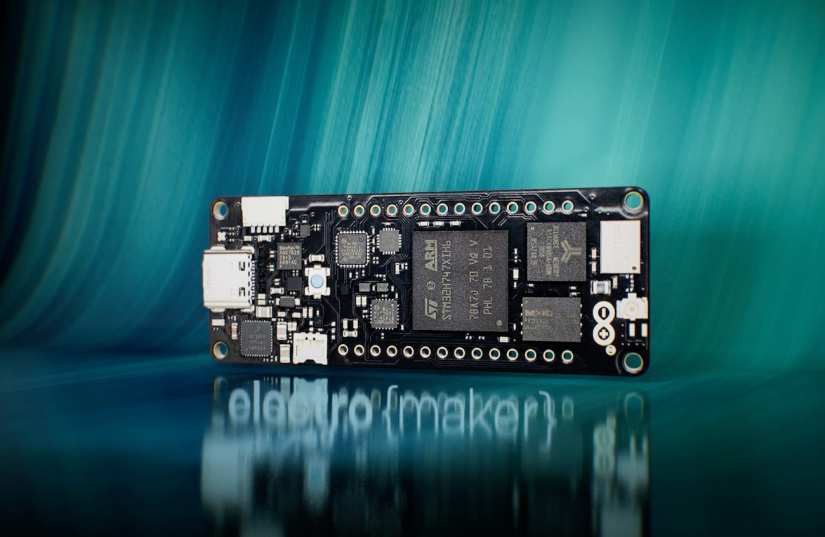
A SoM with Unmatched Versatility
At its core, the Portenta X8 is designed to offer the high processing power typical of Arduino's Portenta family but with an added focus on modularity and security. This makes it an ideal candidate for developers looking to build secure, efficient AI applications that can scale from prototype to production without changing the underlying hardware platform.
Processing Capabilities and AI Suitability
The Portenta X8 boasts a powerful combination of CPU and GPU, designed to handle demanding AI workloads with ease. Its processing capabilities are further enhanced by the inclusion of dedicated AI accelerators, making it well-suited for running complex machine learning models and real-time data processing tasks. Additionally, the X8's emphasis on security features ensures that AI applications remain safe from external threats, a critical consideration for projects handling sensitive data.
Enhancing AI Projects with the Portenta Max Carrier
To unlock the full potential of the Portenta X8, pairing it with the Portenta Max Carrier board transforms it from a powerful SoM into a versatile development platform. This combination not only simplifies the prototyping process but also provides a wealth of connectivity options and I/O capabilities, making it easier to integrate AI functionalities into a wide range of projects. Whether it's for industrial automation, smart cities, or advanced robotics, the Portenta X8 and Max Carrier duo offers a robust foundation for developing and deploying AI applications.
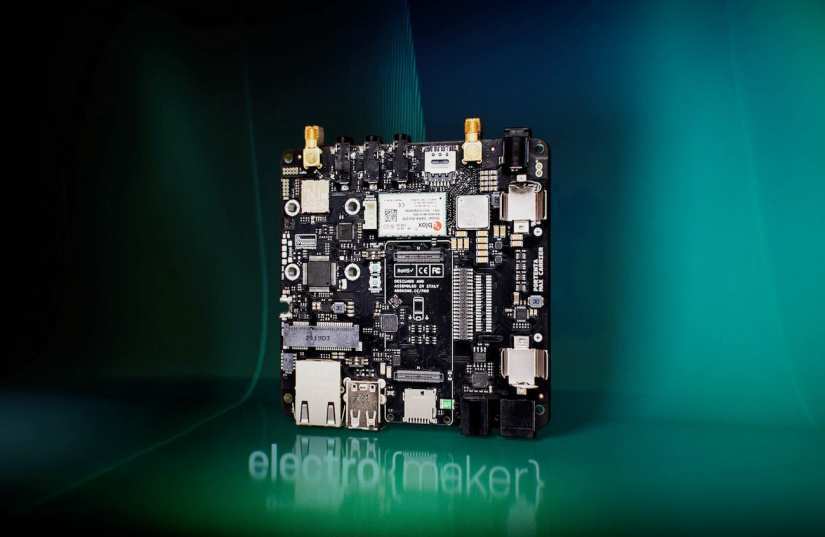
View the Arduino Portenta X8 datasheet | View the Arduino Portenta Max Carrier datasheet
Pros:
- High processing power with dedicated AI accelerators for efficient model execution.
- Focus on security, ensuring AI applications are protected against vulnerabilities.
- Modular design with the Portenta Max Carrier, offering scalability and ease of integration.
Cons:
- The modular approach and advanced features may come at a higher price point.
- May require additional investment in carrier boards and modules for specific project needs.
Arduino Portenta X8 Specs:
- CPU/GPU: High-performance processors capable of supporting demanding AI algorithms.
- AI Accelerators: Integrated hardware designed to speed up AI tasks, from inference to training.
- Security: Advanced security features to safeguard AI applications and data.
- Modularity: Designed to work seamlessly with the Portenta Max Carrier, enhancing connectivity and expandability.
The Arduino Portenta X8 stands out not just for its technical specifications but for its approach to AI project development. It offers a blend of power, security, and modularity that is hard to find in the SBC market, making it a compelling choice for developers looking to push the boundaries of what's possible with AI.
Wrapping up
Single-board computers are available in the thousands (well, except the Pi 5, but hey, we can all dream), but while the 7 chosen in this video are certainly great candidates for AI, they are not the only ones. Furthermore, its very possible that there are other boards out there that would wipe the floor with some of the computers on this list, but because there are so many, it can be hard to find these.
If you can think of machines that deserve to be on this list, then leave them down in the comment section below, and who knows, maybe we will include them in a future video revision.





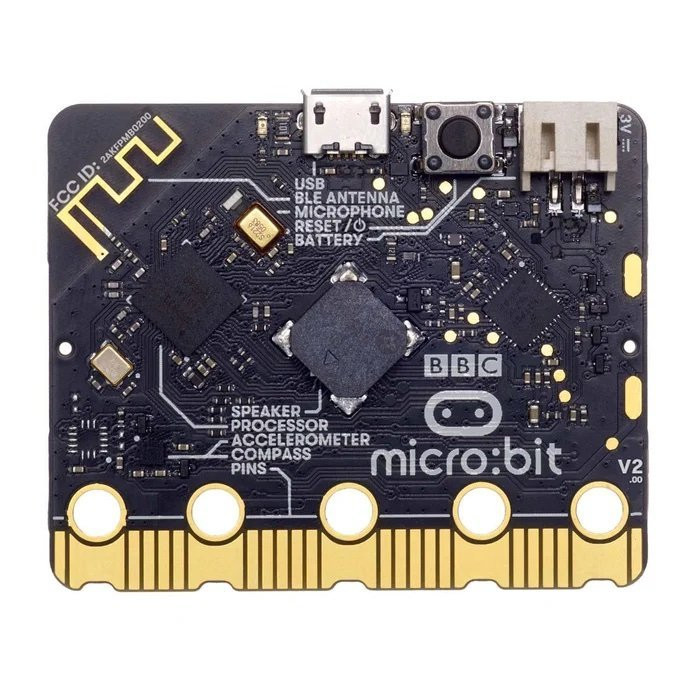
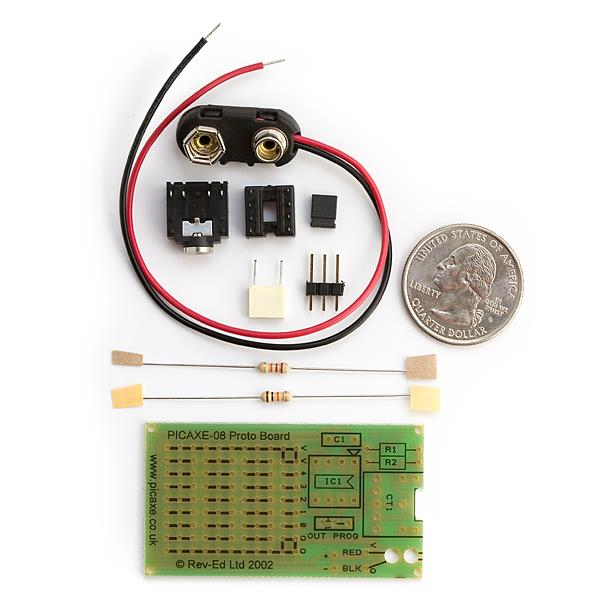
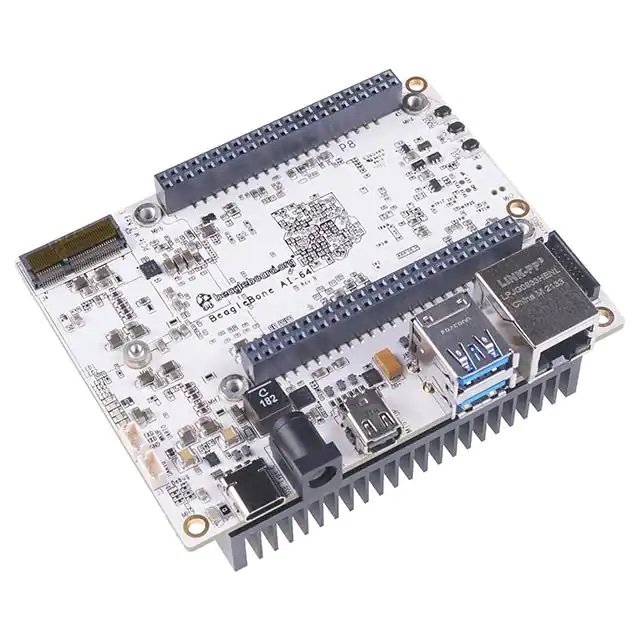
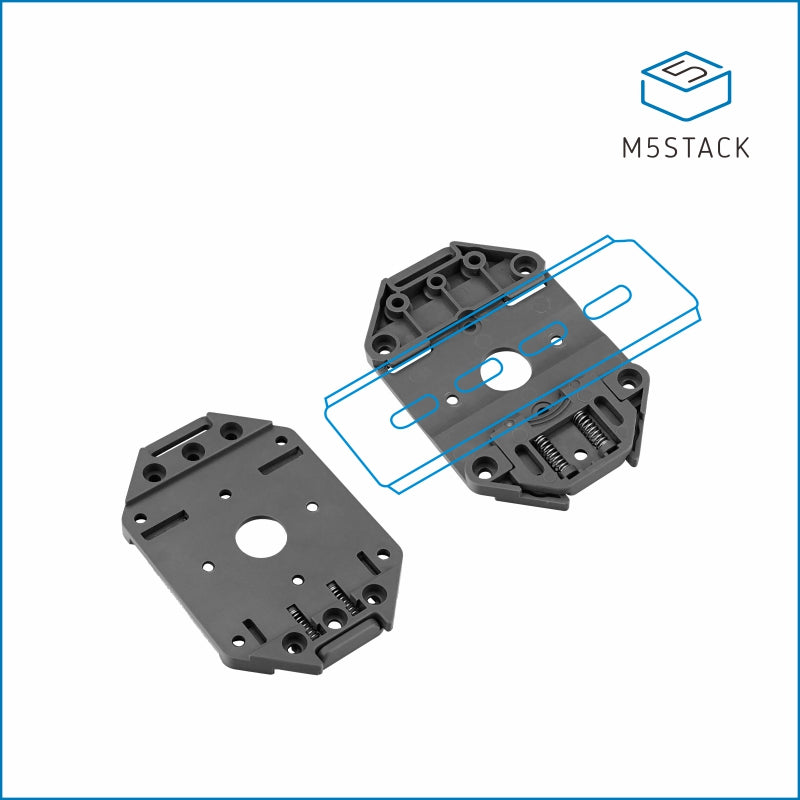
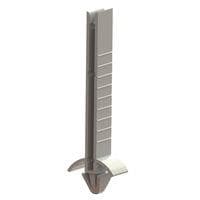
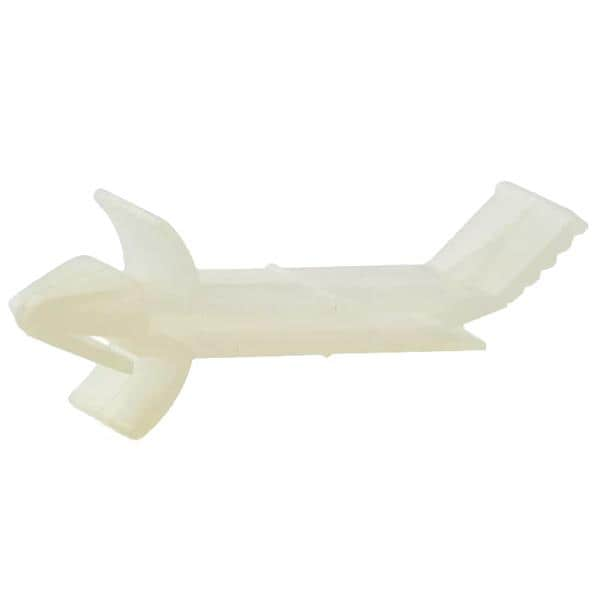
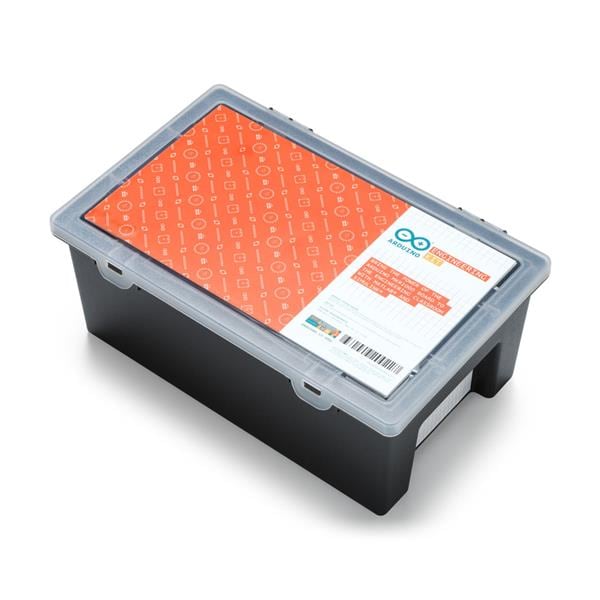
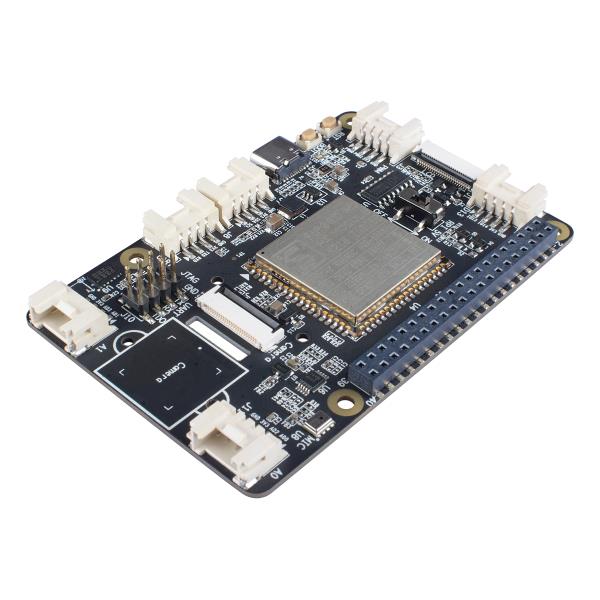

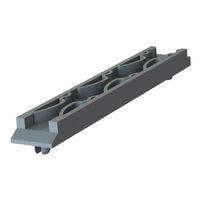
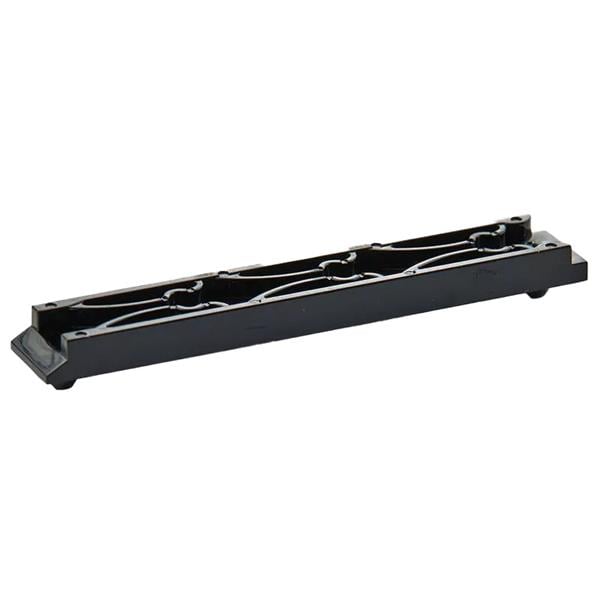

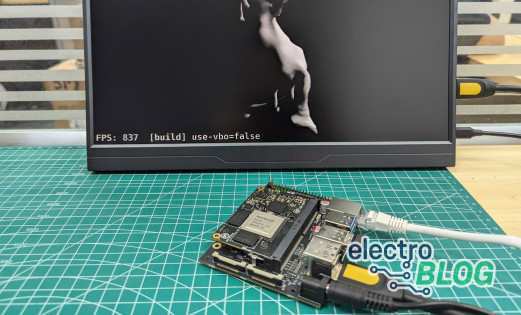
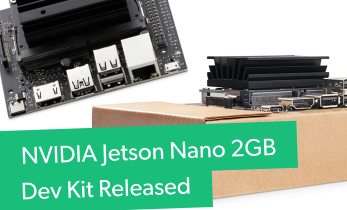
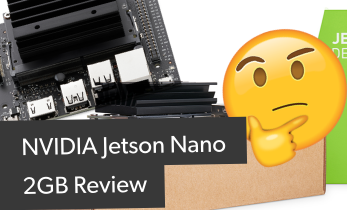
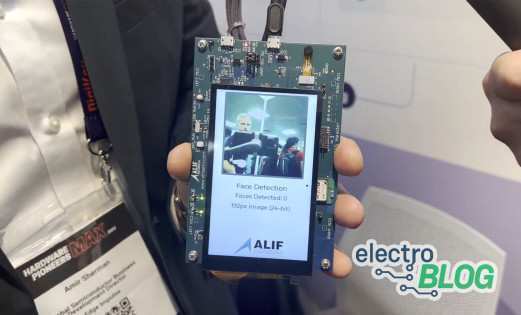
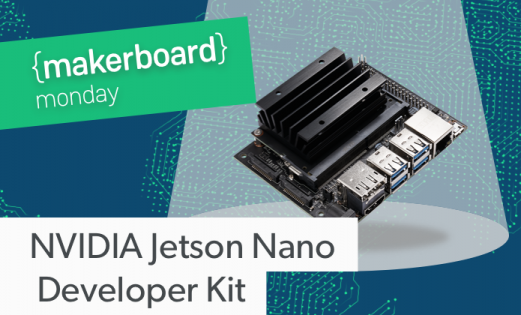
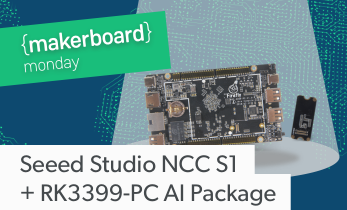
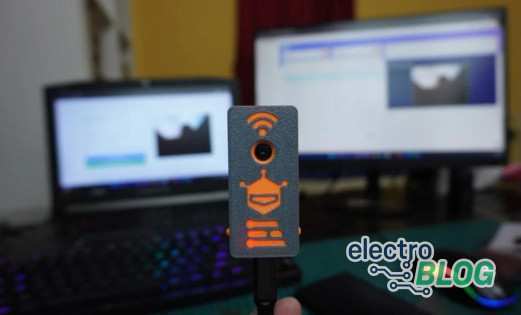
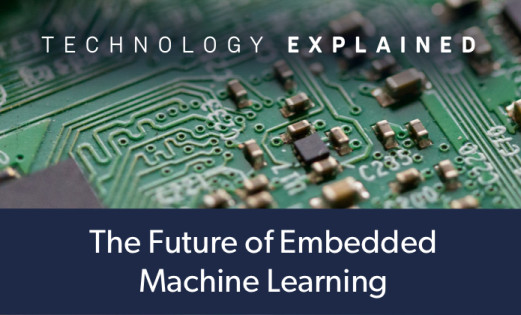
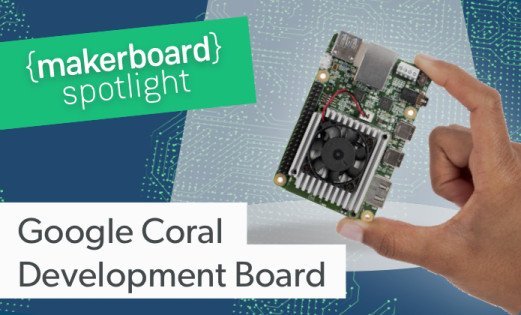
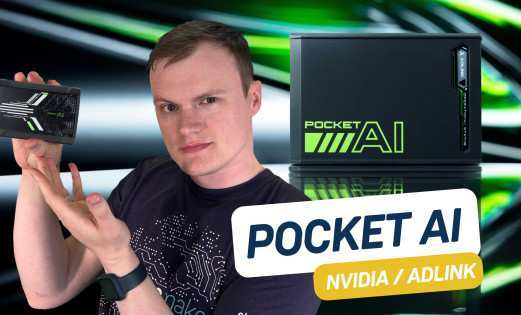
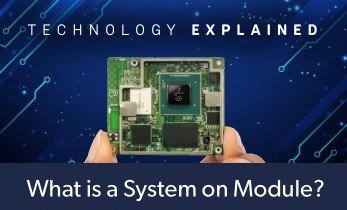
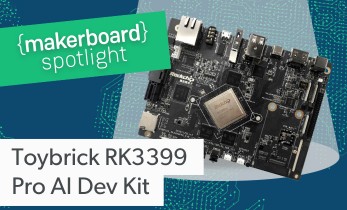
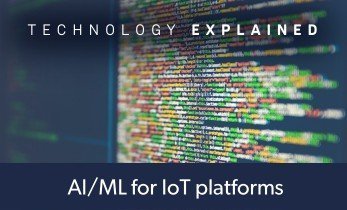
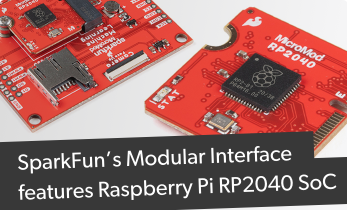

Leave your feedback...